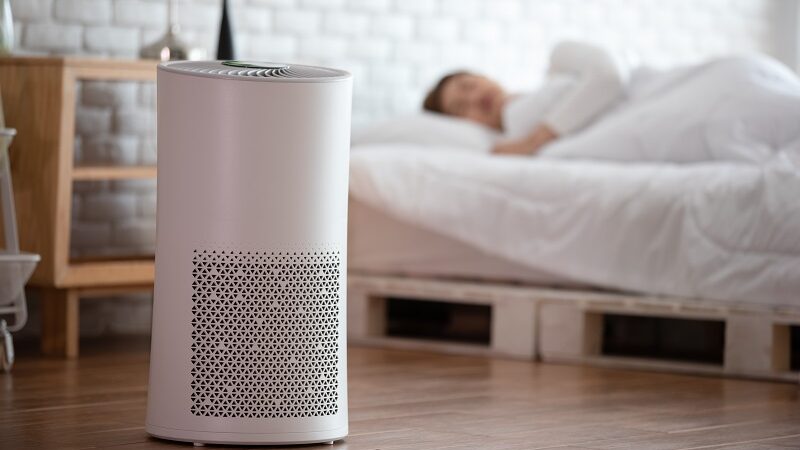Concerned About Leg Swelling? Here Are 5 Effective At-Home Remedies For Swollen Legs

There are several situations where your swollen legs, feet, and ankles are not a reason for concern. If you spend long hours standing or if you are pregnant, you may expect your lower extremities to swell from time to time.
Nonetheless, if the swollen legs are accompanied by other symptoms, you might probably have a venous condition. While consulting Houston Vein Specialists is the best way to obtain a professional diagnosis, there are some ways you can manage the swelling in the meantime. Continue reading to learn more.
- Elevate Your Feet
Your feet are situated below your heart level when standing or sitting for most of the day. Thus, fluid may accumulate in these areas if your circulation is compromised. Raising your feet utilizes gravity to help in the venous drainage of blood from the feet back to the heart.
Veins need a lot of effort to pump blood back to the heart against gravity. For this reason, elevating your legs can help alleviate the workload of the veins and allow blood to circulate with less resistance.
- Lose Weight if You Are Obese
Being obese or overweight can result in poor blood circulation, which causes inflammation of the lower extremities. The extra weight can also cause additional strain on the feet, leading to discomfort when walking.
This discomfort can promote sedentary living, making fluid accumulate in your feet. Losing weight helps ease the discomfort on your feet and potentially reduces foot inflammation as well. A healthy diet and stringent exercise routine are great ways to lose weight.
- Wear Compression Socks
Wearing compression socks applies continuous pressure to your legs, which helps improve circulation and reduce fluid retention in the legs. You can readily find compression socks at any drugstore. However, they come in varying weights and compressions.
Preferably, begin with lighter compression socks, and gradually increase the compression strength until you find the most effective one. However, you should note that some patients, like those with Peripheral Artery Disease (PAD), should not wear compression stockings. Thus, it is sometimes necessary to consult your specialist before using this therapy.
- Avoid Standing or Sitting for Long Periods
One common cause of leg swelling is sitting or standing for long periods. Therefore, if your occupation or other commitments require you to sit or stand for long, you should take frequent breaks to ease the pressure on your feet.
Besides, when sitting, you should avoid crossing your legs as it reduces how effectively blood can flow back to the heart from your feet.
- Massage Your Feet
Massaging your feet is another easy way to reduce leg swelling. The feet have multiple blood vessels, muscles, and tendons. As a result, massaging your lower extremities helps promote healthy circulation and lymphatic drainage.
You can do it yourself or have somebody massage your feet towards the heart with firm strokes and gentle pressure. This technique will help force the pooled blood out of the area. Ideally, have a foot massage every evening or after standing or walking for long periods.
Leg swelling is not always a serious issue. In fact, in most cases, leg swelling results from factors like long-standing or sitting hours, pregnancy, being overweight, and more. Such swelling is easy to correct with at-home remedies like losing weight and elevating your feet.
However, if your leg swelling does not subside after trying these remedies, you might have a more serious underlying condition like venous illness. Therefore, you should seek a consultation with your specialist for more professional care.







